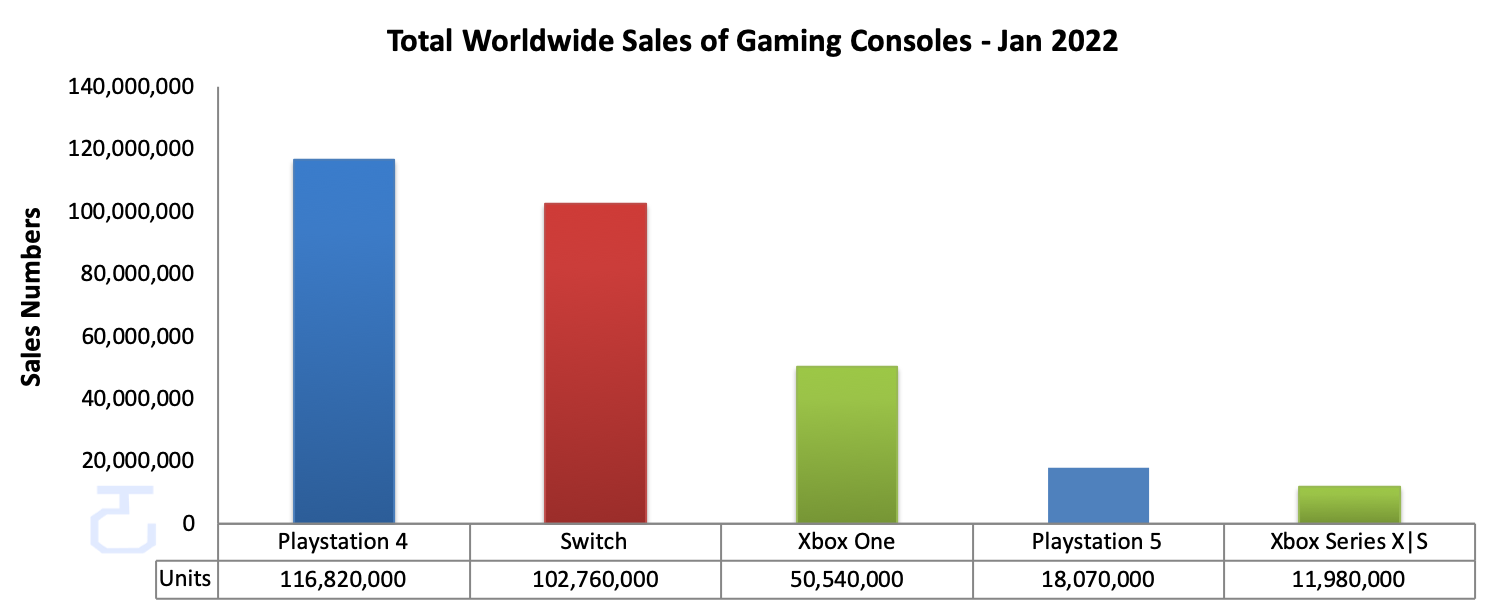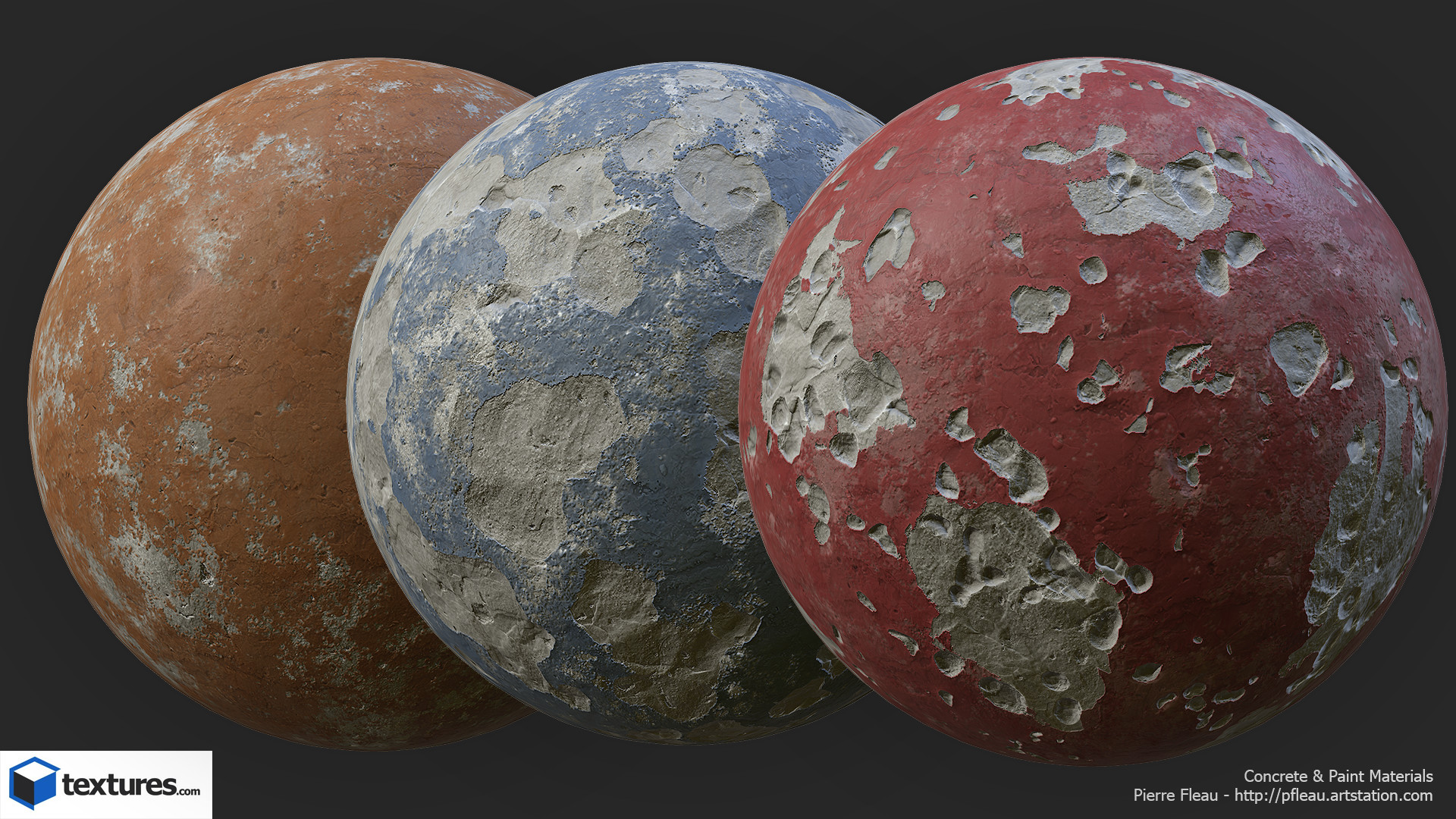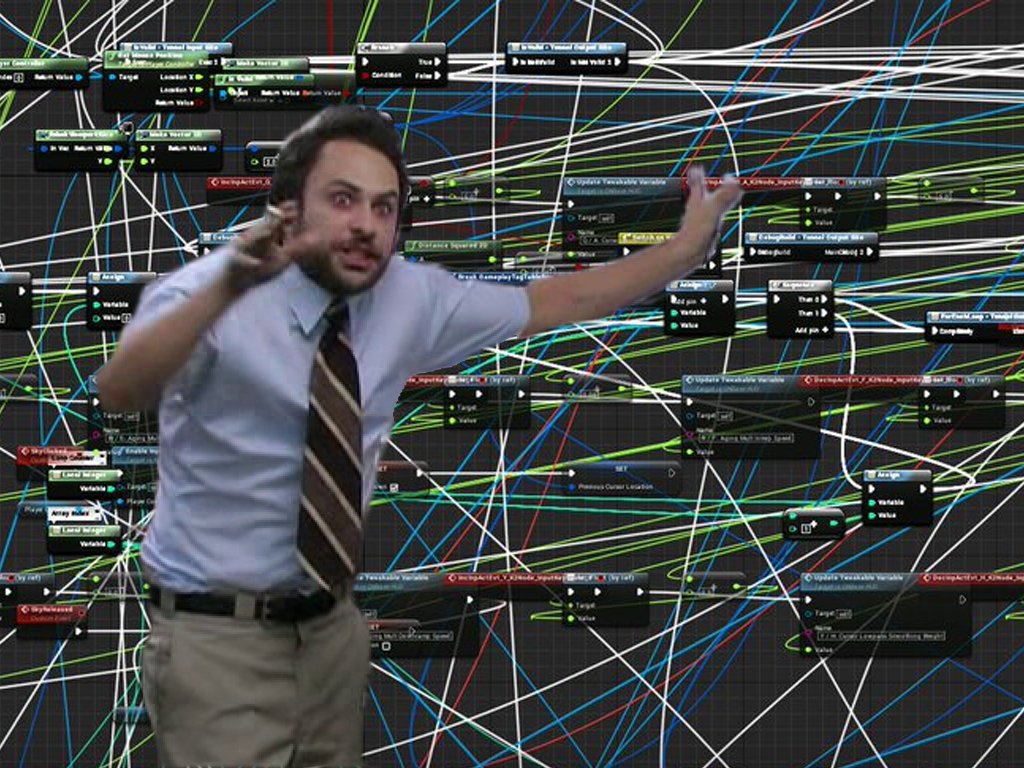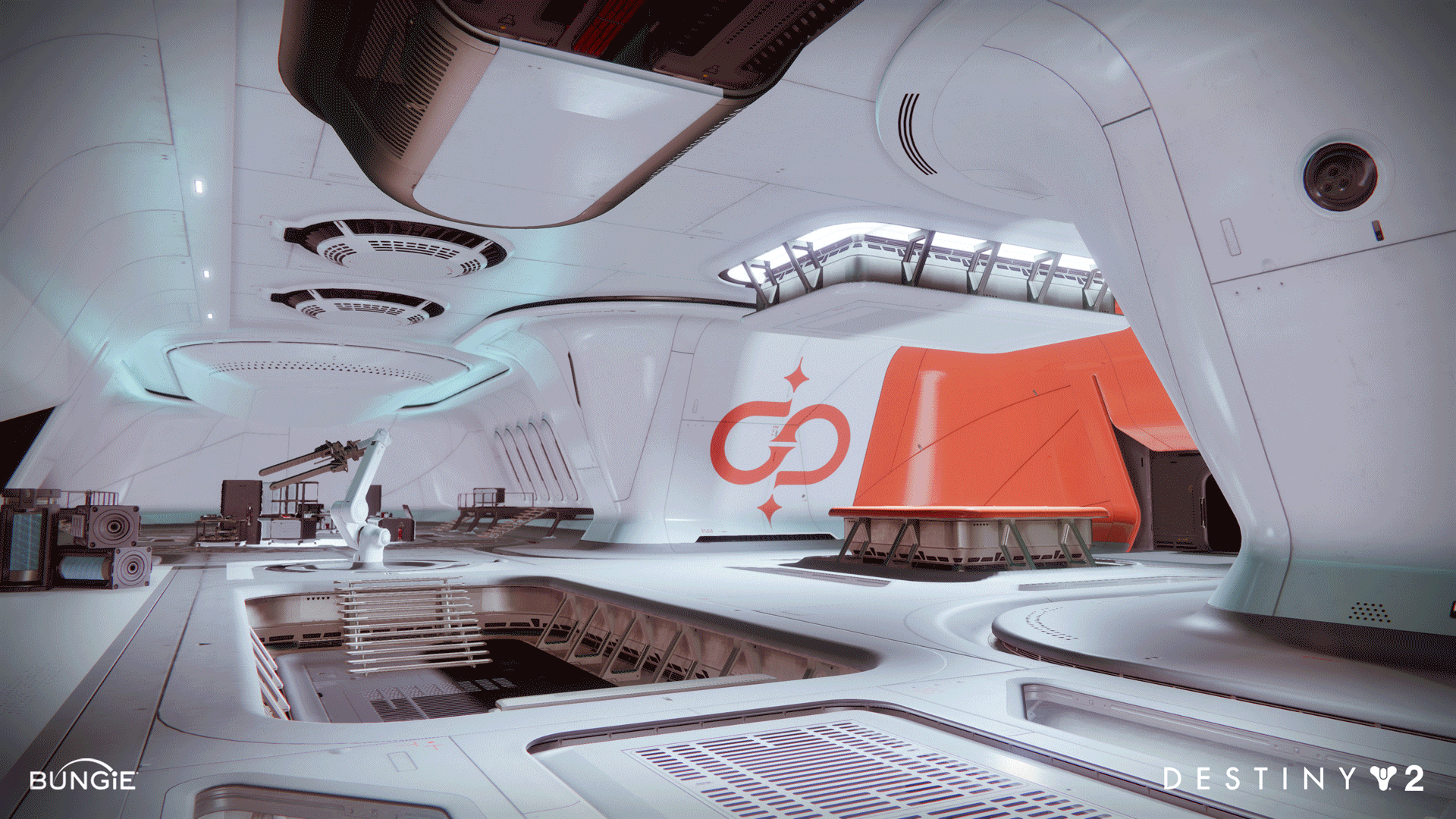Caring about hardware limitations makes you a better art director.
For this entry I want to talk about how I've come to appreciate game art optimisation as a tool on my art director's belt. The importance of running a tight art ship.
Reuse reduce recycle
In a perfect world, where there are no memory restrictions, every single asset is unique. Beautifully handcrafted textures, bespoke shaders, nothing is recycled. An art director’s dream, right?
In recent experiences I’ve become more aware of the importance of running a tight game art ship in regards to optimisation. As an art director you want textures, geometry and shaders to be recycled.
Most junior artists will start their careers making assets like described above, unaware that every asset they create adds dozens to hundreds of megabytes of memory, reducing performance and bringing overall visual fidelity down. Getting your art team aboard the optimised game art ship early is important and will save you a lot of trouble down the road.
Knowing what’s possible on the target hardware helps you refine the art style and set a realistic quality bar.
Most games I’ve worked on, and most new games out there, take place in big, detailed worlds, full of characters, vegetation, rocks, buildings and props. But your average console in the year 2022 is still a PS4 or Xbox One with 8 gigabytes of memory for running games. Assassin’s Creed’s beautiful Egypt or God of War’s spectacular Midgard certainly don’t fit in there without extensive (and smart) reuse.

Being smart when making your game art is hugely important in making these games look as good as they do on hardware from 2013. For very limited hardware like standalone VR or mobile, knowledge of what is possible becomes even more important.
Master those materials
The technical artists at Ubisoft and Sony Santa Monica spend many years balancing quality and performance. While each project requires a different approach, a generally good method is to use ‘master materials’. Master materials are big, fancy shaders that control the look for large collections of similar materials, like stone or glass.

Your game has a lot of buildings in it? Make a concrete master. Post apocalyptic? Build wear and tear options for artists to tweak. Set in ancient Rome? Make a master with stucco and fresco options.
Master materials also allow you to easily make impactful changes to the look of entire families of materials. Instead of having to manually adjust many hundreds of stucco walls, you tweak the master and see the effects ripple down to its children, called instances.
The idea of using a few masters to control many instances is conceptually simple, but complex in execution. For example, a typical Unreal Engine master material can have hundreds of nodes, and requires a competent technical artist to create it.

Ethan Scheu has one of the best examples of what can be done with a modular kit (recycled geometry), master materials and trim sheets (which is an article all by itself). An added benefit is that the amount of unique materials and textures stays lower, keeping your content browser clean and organised.

So besides knowing the limits of the hardware and comprehensive artistic control, there is another important reason game art optimisation is something an art director should care about.
Becoming knowledgeable and caring about performance expands your ability to discuss quality and fidelity with your technical people. You want to prevent situations where art and tech become polar opposites, especially late in production. At the end of the day it's more important that the game runs at the target frame rate than it is seeing a blurry texture somewhere.
Real xp
As a rule of thumb I believe it’s better to plan more conservative and possibly have extra room left at the end, allowing you to ramp up fidelity on the stuff you really care about. Involve your tech people early and have them work hand in hand with the artists to create materials that work for both disciplines.
As an art director, you want to be open to ideas for reusing and recycling art. I’ve found it incredibly beneficial to the overall quality of the project.
Thanks for reading. Please tweet or email me if you have any comments/opinions/questions, I’ll be happy to engage with you.
Further reading/watching
GPU Performance for Game Artists - fragmentbuffer.com
In-depth resources on this topic are not easy to find since every project has it's own needs and wants, making solutions often uniquely suited to a specific project. However, understanding the basics of how a pixel arrives at the player's screen is a good start into the topic.